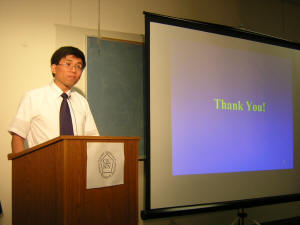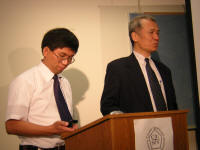
This lecture will explore China’s reception of the celebrated physicist and his theory of relativity between 1917 and 1979. It will introduce the pioneers who introduced and disseminated the revolutionary theory in China; explain why relativity was introduced and swiftly absorbed by the Chinese. The lecture will emphasize the significant role of the May Fourth Movement (1917-1923) and influences from Japan and the United States in the introduction and assimilation of relativity. Within a decade of the introduction of relativity, Chinese theoretical physicists began to emerge and tackle technical problems in the general relativity and unified field theory. As a result, the assimilation of relativity led to the rise of theoretical physics in China.

In the late 1940s and early 1950s, due to a series of geopolitical changes, China was subjected to a prevalent influence of the Soviet Union. Consequently, the Soviet criticism of Einstein and relativity by orthodox Marxist philosophers was brought in and became wide spread in China in the 1950s. Gradually this imported criticism induced indigenous attacks on Einstein and his theory, which became increasingly radical and climaxed in the organized campaign during the Chinese Cultural Revolution (1966-1976), when the theory of relativity and its author was denigrated. It was not until the early 1979, the Chinese government sponsored a grand ceremony to rehabilitate the great physicist, which not only restored Einstein to the status of a great icon for modern science but also esteemed him as a champion for social democracy and justice.
For more information on, and to purchase Prof. Hu’s book ‘China & Albert Einstein: The Reception of the Physicist and His Theory in China 1917-1979,’ please visit www.hup.harvard.edu/catalog.php?isbn=9780674015388

